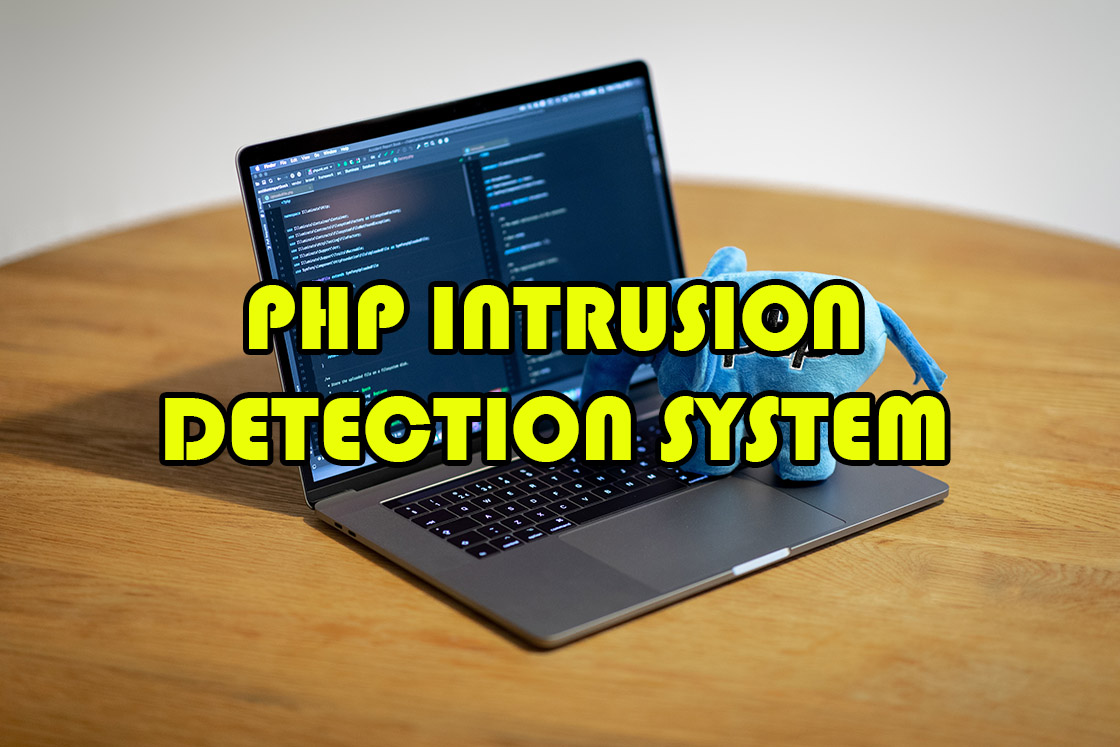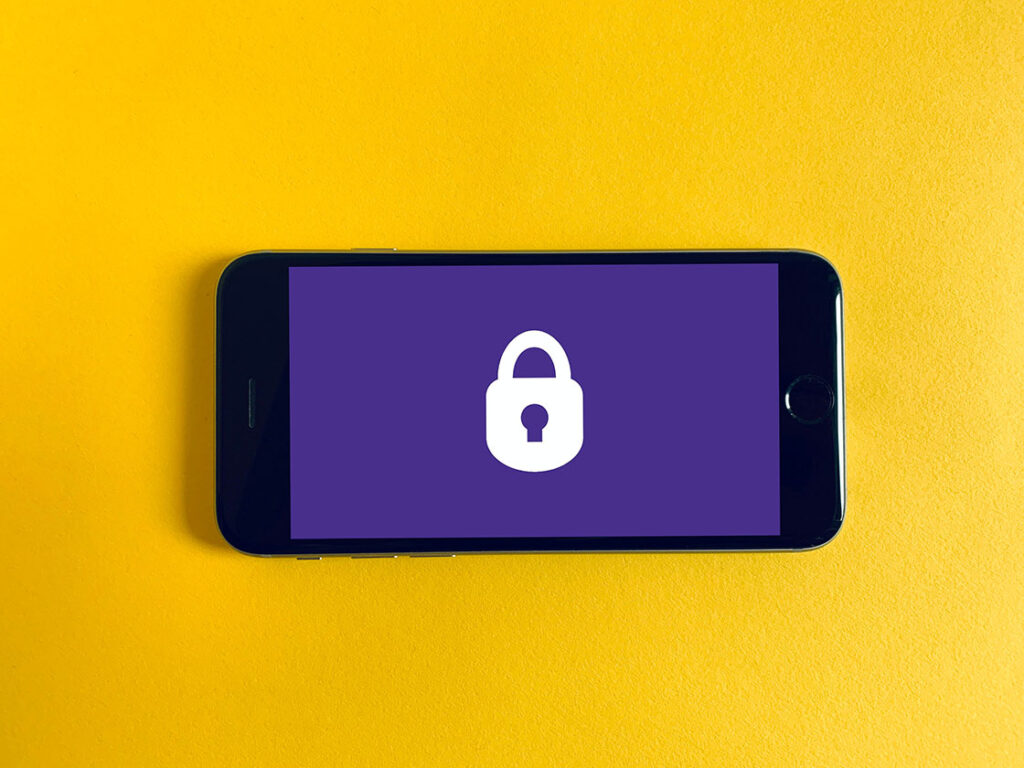A PHP intrusion detection system can take your web application’s security to next level. Learn about the importance, benefits, and implementation of this vital protection.
In the digital world, the security of web applications is critical. With the ever-present threat of cyberattacks, it’s essential to fortify your web application against potential breaches. This article discusses PHP intrusion detection systems, shedding light on their significance, benefits, and implementation. Let’s explore how these systems can safeguard your web applications effectively.
Understanding PHP Intrusion Detection System
What Is a PHP Intrusion Detection System
A PHP Intrusion Detection System (PHP IDS) is a security mechanism designed to protect web applications developed in PHP from unauthorized access, data breaches, and potential threats. It acts as a vigilant guardian, monitoring and analyzing incoming traffic for suspicious or malicious activities.
How Does PHP IDS Work
A PHP IDS uses a set of rules to examine incoming requests and traffic closely and thoroughly. It compares this data against the known attack patterns and promptly identifies potential threats. Once detected, the system can take preventive actions, such as blocking IP addresses or alerting administrators.
Importance of PHP IDS in Web Apps
PHP IDS plays a crucial role in fortifying the security of web applications. It provides real-time threat detection, preventing unauthorized access, data leaks, and other malicious activities that could compromise sensitive information.
Benefits of Implementing PHP Intrusion Detection Systems
1. Enhanced Security
By identifying and stopping potential threats, a PHP Intrusion Detection System enhances the security of your web application. It helps protect your data, your users, and your reputation.
2. Real-time Threat Detection
The system operates in real-time, ensuring that potential security breaches are addressed promptly. This agility is invaluable in preventing data breaches and damage.
3. Reduced False Positives
Imagine you have a web application, like a website or an online service. To keep it safe and secure, you use a PHP Intrusion Detection System. This is like a digital security guard that watches over your application, looking for any signs of suspicious or potentially harmful activity.
Now, false positives are situations where your security guard (the PHP IDS) mistakenly thinks there’s a security threat when there isn’t actually one. It’s like a real security guard calling the police because they saw a squirrel in the yard, thinking it’s a thief! This can be a problem because it can disrupt the normal, smooth operation of your web application. For example, it might block legitimate users, show them error messages, or cause other inconveniences.
So, modern PHP Intrusion Detection System solutions are designed to be really smart. They’ve been improved. These improvements help the IDS to better understand what’s a real threat and what’s not. It’s like giving your security guard special training to recognize the difference between a squirrel and a thief.
By reducing false positives, these modern PHP Intrusion Detection Systems can better protect your web application without causing unnecessary disruptions. They can catch the actual threats while letting the normal, legitimate activities go on smoothly. This is important because it means your website or online service can remain secure without frustrating your users with unnecessary security alerts and blocks.
4. Customization Options
Customization options in PHP Intrusion Detection System refer to the ability to make the security system work the way you want it to, to best fit the specific needs of your web application.
Here’s what it means in more detail:
- Rules and Policies: PHP IDS systems have a set of rules and policies to detect potential security threats. Customization options allow you to change or fine-tune these rules. You can say, “I want the system to pay extra attention to this specific type of threat,” or “I don’t need the system to worry about this particular kind of traffic.”
- Alert Levels: You can adjust how sensitive the IDS system is to different types of activities. For example, you can set it to be very sensitive to potential threats or less sensitive, depending on your tolerance for false alarms.
- Whitelisting and Blacklisting: Customization options often include the ability to create lists of trusted (whitelisting) or known malicious (blacklisting) entities. You can add specific IP addresses, domains, or types of traffic to these lists. This helps the system recognize what’s safe and what should be blocked.
- Logging and Reporting: You can decide what kind of information the IDS system logs and how it reports this information to you. For instance, you can choose to receive detailed reports about suspicious activities or just high-level summaries.
- Integration: Many PHP IDS solutions allow you to integrate them with other security tools or services that you may be using. This way, you can create a more comprehensive security setup for your web application.
Implementing a PHP Intrusion Detection System
5. Choose the Right PHP IDS
Select a PHP Intrusion Detection System that aligns with your web application’s requirements. Evaluate the available options and choose the one that best suits your needs.
- Variety of IDS Solutions: There are several IDS solutions available for PHP applications. Some are simple and basic, while others are more advanced and feature-rich.
- Consider Your Needs: Consider factors like the size and complexity of your application, the sensitivity of the data it handles, and the potential security threats it might face.
- Scalability: If your web application is expected to grow, you should choose an IDS that can scale with it. Some IDS solutions are better suited for small websites, while others can handle the demands of larger, more complex applications.
- False Positive Rates: As we discussed earlier, you want an IDS that can reduce false positives, meaning it accurately detects threats without generating too many unnecessary alerts. Look for an IDS with a good balance in this regard.
- Customization: Ensure that the IDS you choose offers customization options. This allows you to configure it to match your application’s unique requirements.
- Community and Support: Check if there’s an active community or support system for the IDS you’re considering. You’ll want access to help and resources in case you run into issues or need assistance.
- Compatibility: Make sure the IDS is compatible with your PHP environment and any other security tools or services you’re using. Compatibility is crucial for a integration into your security setup.
- Cost: Consider your budget. Some IDS solutions are open-source and free, while others are commercial and come with a price tag.
6. Installation and Configuration
Once you’ve selected a PHP IDS, follow the installation and configuration instructions carefully. This process may vary depending on the system you’ve chosen.
7. Regular Updates
Stay informed about updates and patches for your PHP IDS. Regularly updating the system is essential to ensure it remains effective against evolving threats.
FAQs
Can I use a PHP IDS with any web application?
Yes, PHP IDS can be integrated with most web applications developed in PHP. However, compatibility may vary, so ensure you choose a system that fits your specific application.
What are the costs associated with implementing a PHP IDS?
The costs of implementing a PHP IDS vary depending on the system you choose and your web application’s complexity. Some open-source solutions are available for free, while others may require a licensing fee.
Is a PHP IDS sufficient for web application security?
While a PHP Intrusion Detection System is a crucial component of web application security, it’s not the only measure you should take. Implementing other security practices, such as secure coding and regular security audits, is essential for comprehensive protection.
Why use IDS instead of IPS?
Use IDS over IPS when you need to monitor and analyze potential threats without immediately blocking them, allowing for more accurate threat assessment and fewer disruptions to legitimate activities.
How does the intrusion detection system work?
An Intrusion Detection System (IDS) works by constantly monitoring for suspicious activity in network traffic and system behavior, then alerting when it detects potential security threats.
What are the two main types of intrusion detection systems?
The two primary categories for intrusion detection are Network Intrusion Detection Systems (NIDS) and Host-Based Intrusion Detection Systems (HIDS). NIDS focus on monitoring network traffic for suspicious patterns, while HIDS are installed on individual hosts to watch for abnormal behavior within specific devices. These two classifications provide comprehensive security coverage by addressing both network-wide and local threats.
Conclusion
A PHP intrusion detection system stands as a strong defense against potential threats in a web application security. Its ability to detect and reduce security risks in real-time is great. By choosing the right PHP IDS, implementing it effectively, and staying up-to-date with security measures, you can enhance the security of your web applications.
Also Read: Enterprise Cybersecurity: Expert Guide











